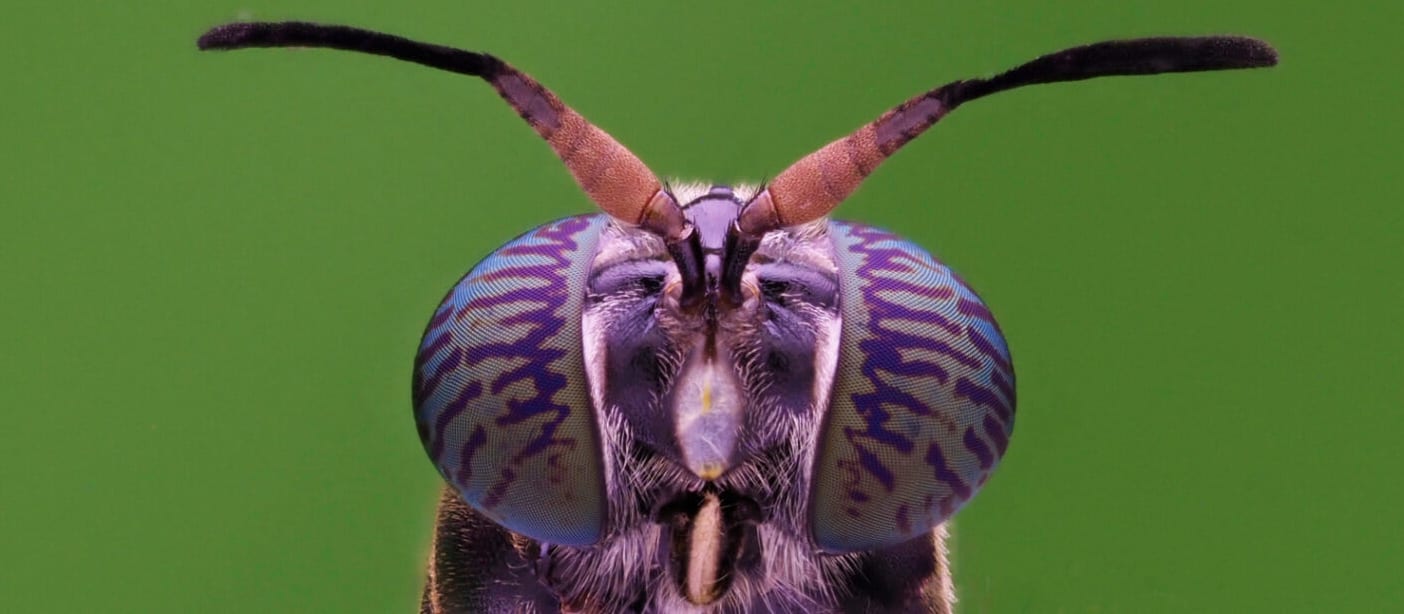We’re far from certain that insects are sentient. But with over a trillion insects farmed annually, the welfare impacts are staggering if they can suffer. Unfortunately, fundamental questions about their well-being remain unexplored. This is where Arthropoda Foundation steps in, actively finding and funding the best opportunities to produce knowledge that can improve the lives of farmed insects.
Current Research Priorities
Humane Slaughter Protocols
Insects are regularly microwaved, baked, and boiled alive. If producers can stun these animals before slaughter, they can reduce significant distress. We’ve found a lab willing to develop and test electrical stunning procedures for black soldier fly larvae, with an eye to creating an inexpensive, readily implementable system that can be adopted by industry partners. ~$67,000.
Stocking Densities and Substrate Research
For many farmed insects, the quality of their lives comes down to stocking densities and the substrate in which they’re reared—which is what they eat. The industry has a strong incentive to keep stocking densities high and substrates cheap. We're partnering with a lab to investigate feasible ways of reducing any negative welfare impacts of these choices, whether by changing the way their containers are designed or supplementing the substrate with cost-effective nutrients. Variable costs depending on scope: $20,000–$100,000.
Automated Welfare Assessment
We want to be able to anticipate and intervene on welfare problems. However, our best indicator of poor welfare—mortality rates—doesn’t let us do that. By the time we have the data, the suffering is over. So, we need welfare indicators that let producers anticipate declines in insect welfare. So, we’re working with a lab to develop an acoustic monitoring system that will let producers detect distress in insect populations much earlier than they can now. This allows producers to intervene, whether by adjusting conditions or, if necessary, depopulating before any additional unnecessary suffering. ~$53,000.
Funding Needs
Right now, we’ll only be able to fund one of these projects. Donations are critical to funding a second. The ranking of options will depend on several factors, including the amount raised, available graduate student labor at particular labs, negotiating reasonable overhead rates at the relevant universities, and so on.
Supporting Arthropoda offers a rare chance to make an outsized difference to a field with vast potential impact but minimal resources. We make every effort to keep the costs of science down—every dollar directly funds research and innovation that might otherwise go unexplored. Arthropoda has no overhead costs or staff expenses; 100% of your donation goes straight to the essential components of research—people, lab space, and supplies.
Despite the scale of the problem, insects remain one of the most neglected areas in animal welfare. With very limited resources tackling this issue, even small contributions can make an outsized difference.
This giving season, we invite you to join us in supporting the future of insect welfare. Your contribution, no matter the size, helps create the knowledge that can influence industry practices for years to come.
Support Insect WelfareWant to learn more about insects?
Meghan Barrett’s 80K episode is a great place to start. Want to dig deeper into the evidence for sentience? Check out this great review by Matilda Gibbons and her collaborators. Want to think more carefully about taking precautionary measures when sentience is uncertain? Take a look at Jonathan Birch’s new book. Want to think through the relative priority of insect work in the animal space? Consider the book-length version of the Moral Weight Project.





Thanks for your question, Oscar. We have some applications outstanding but don't know how much funding they'll generate. In general, animal welfare funding is quite tight, with lots of worthy projects going unsupported. So, we're almost certain to have more opportunities than resources. And given how new the field of insect welfare science is, we anticipate this problem continuing, as there are bound to be many other high-value projects like these in the coming year(s).